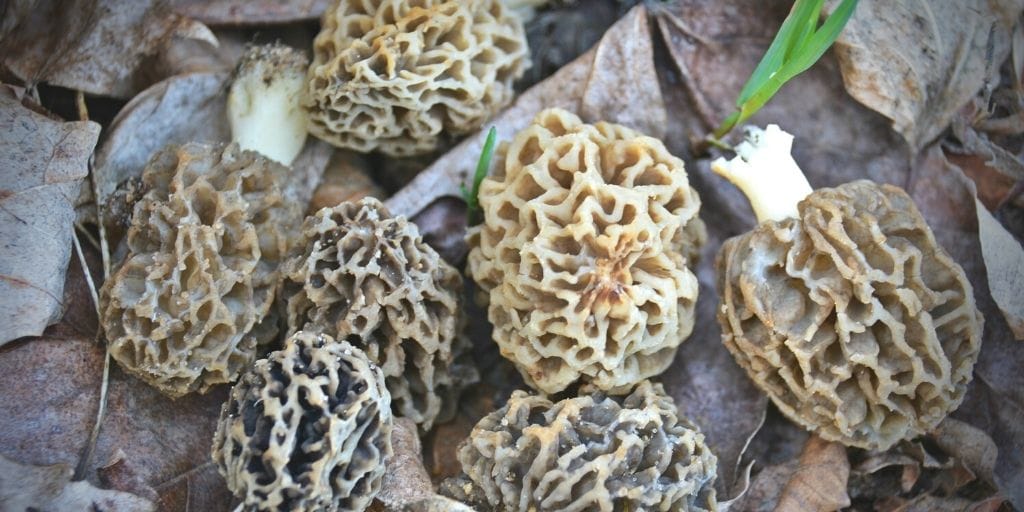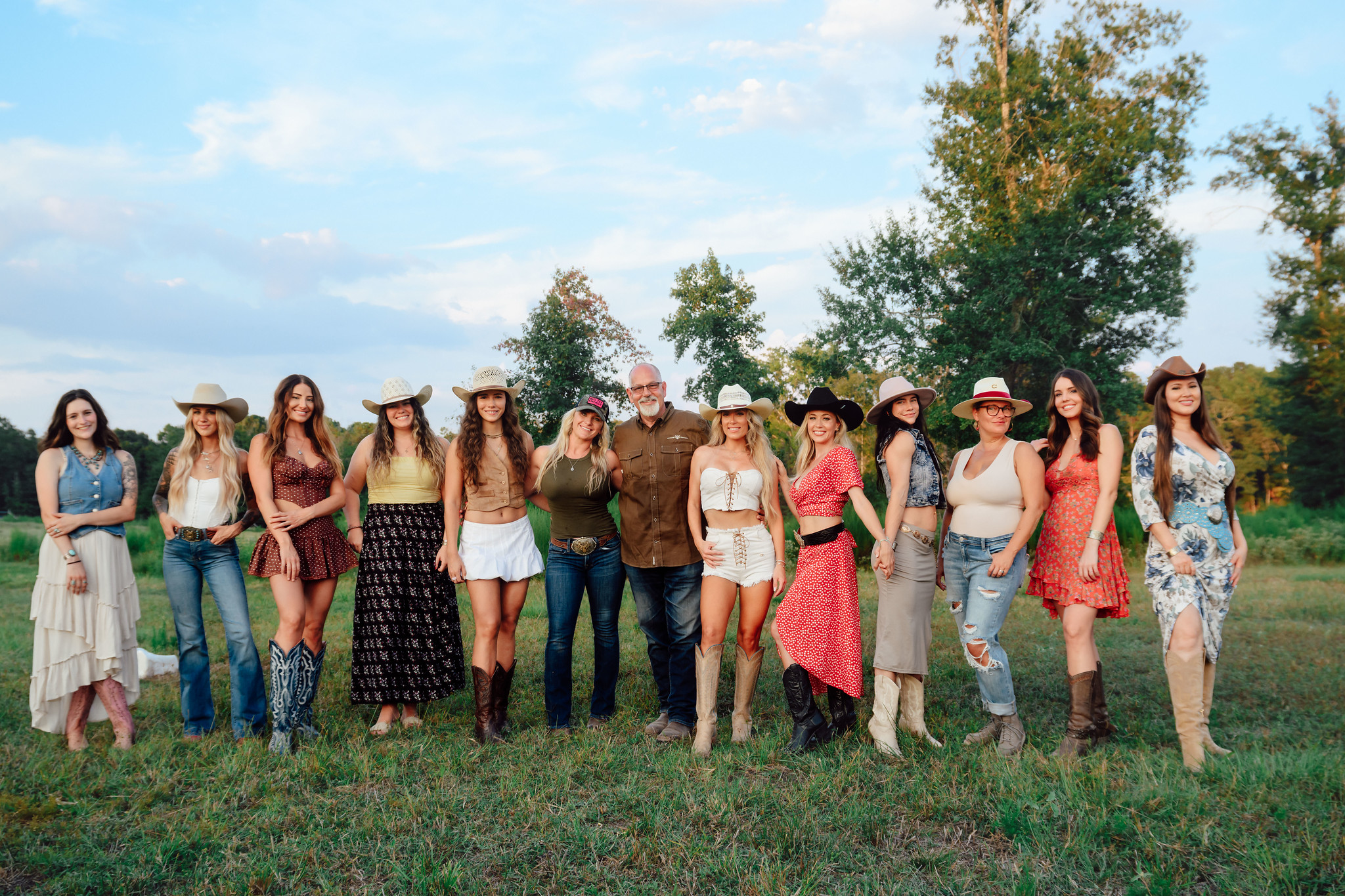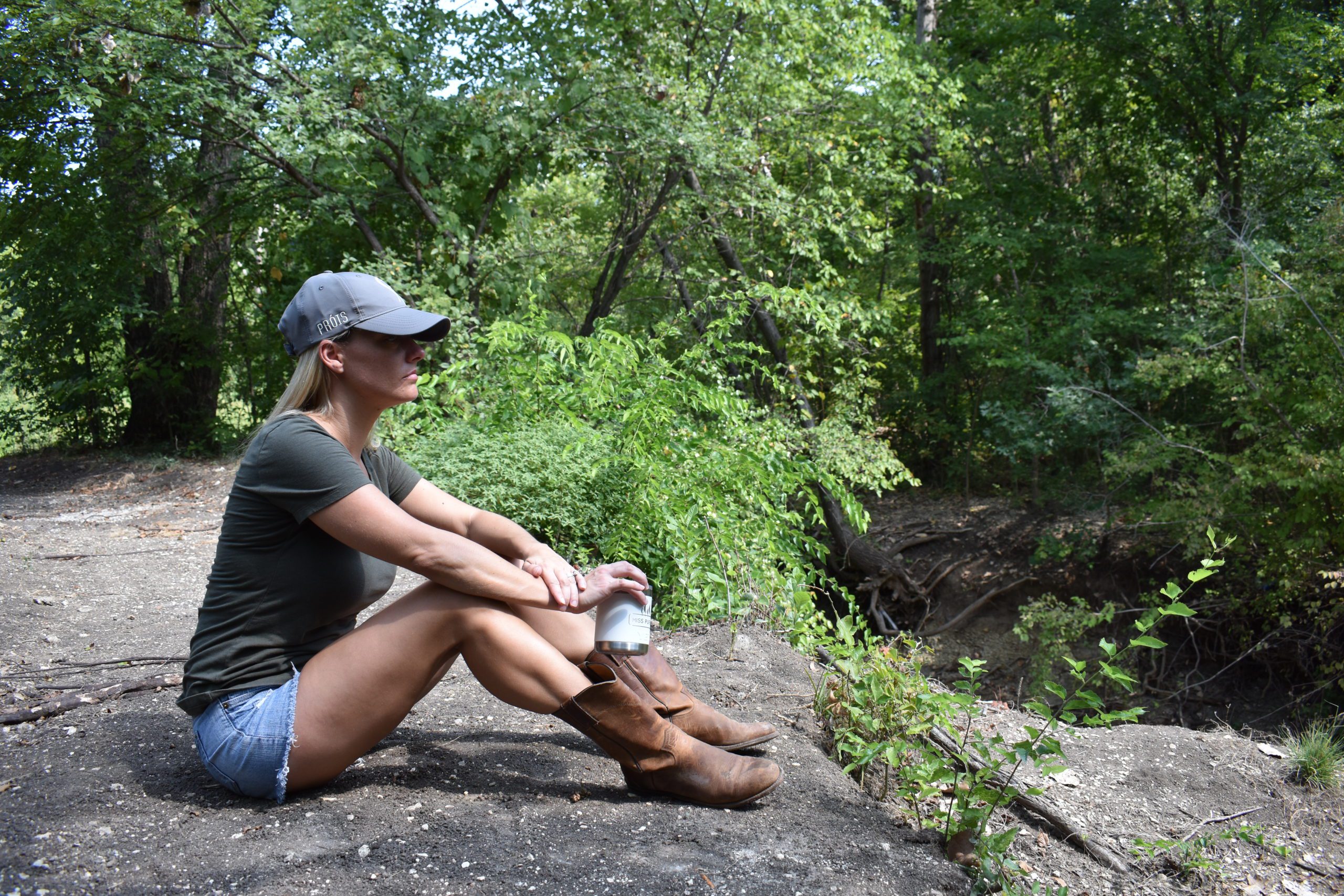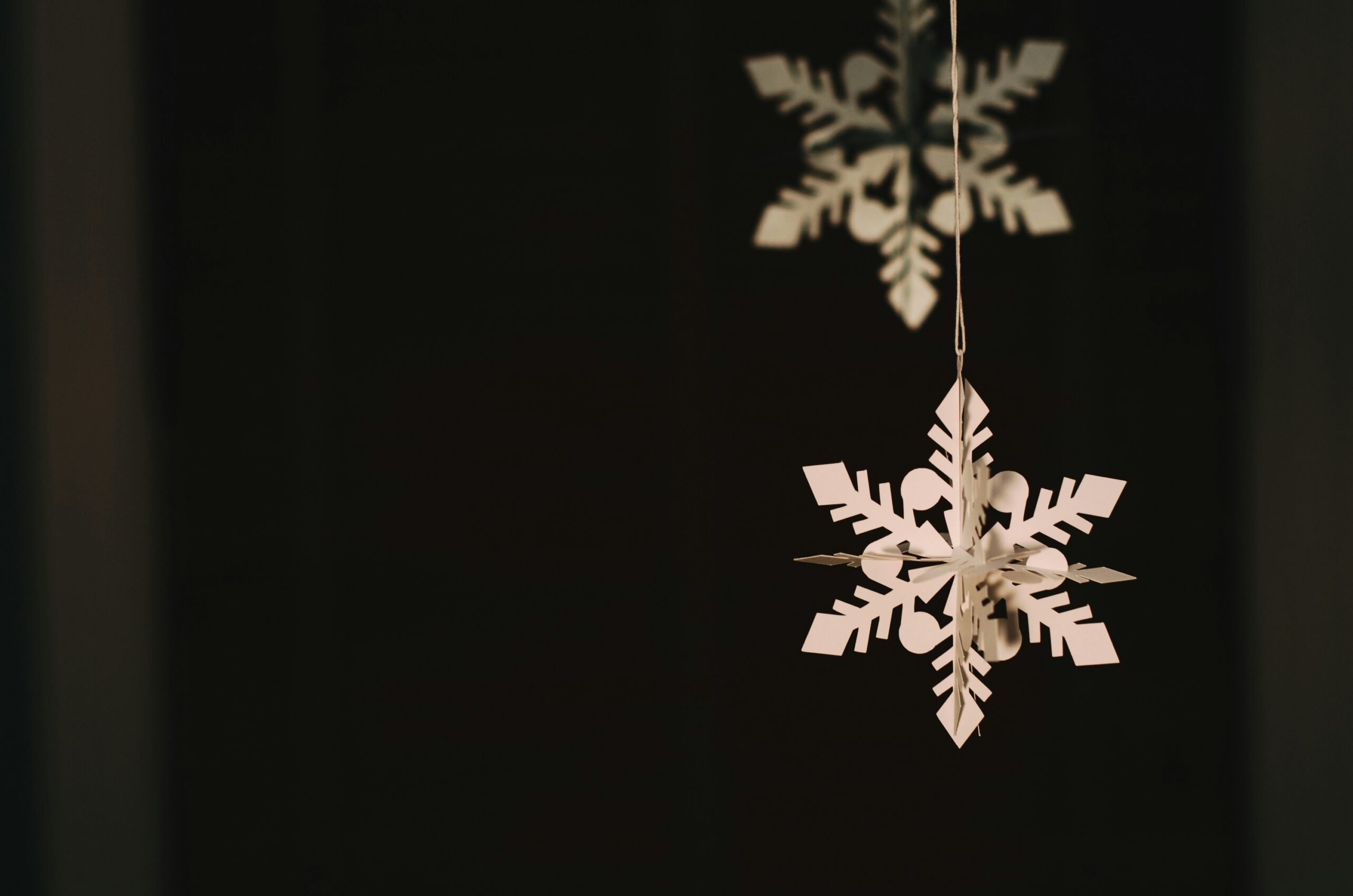Morel Mushrooms have a very distinct “honeycomb” top or (cap) with grooves and highly pitted surfaces. Colors you can find range anywhere form light brown to yellow or even black.
Always make sure you do your research and become familiar with which mushrooms are edible and those to stay clear of.
Types of Morel Mushrooms
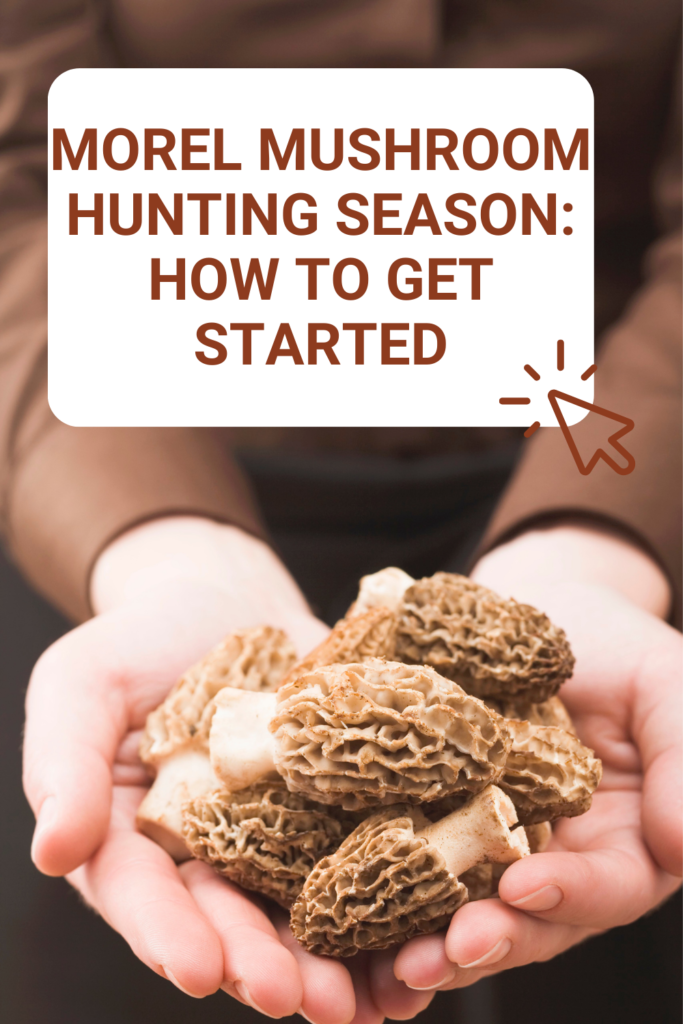
The three main types of morels are easily identifiable and are the most common that my family/friends search for.
Each type will have a creamy stem color but may differ in size, shape, and brittleness. All can be found in recently burned areas. Take into consideration PH levels, soil temperature, along with the outside temperature.
Yellow: The most commonly found and how most people identify the morel as “most popular”. These usually are anywhere from 1-4 inches tall but can be found much larger and a fan favorite. Habitats to find these include but are not limited to, Elm, Apple, Ash, and around dead or decaying trees.
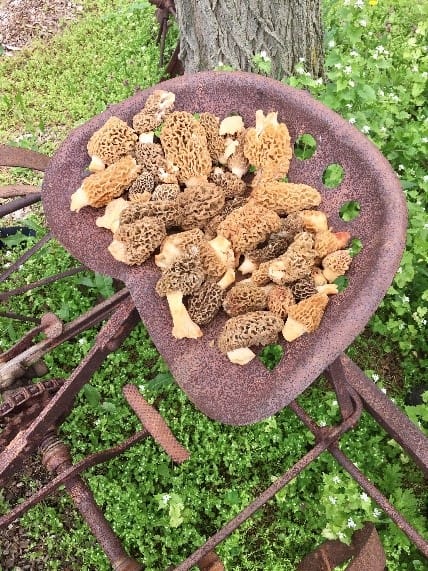
Read More: Nature's Medicine: Plantain
Black: The Black Morel is still brown in color but will have an outer layer of dark grey, almost black. These are normally the first to sprout in the spring and, in my opinion, are a little harder to spot due to being smaller than the yellow morel. Commonly found around, but not limited to, Cherry trees, White Ash, Hickory, and occasionally Pines.
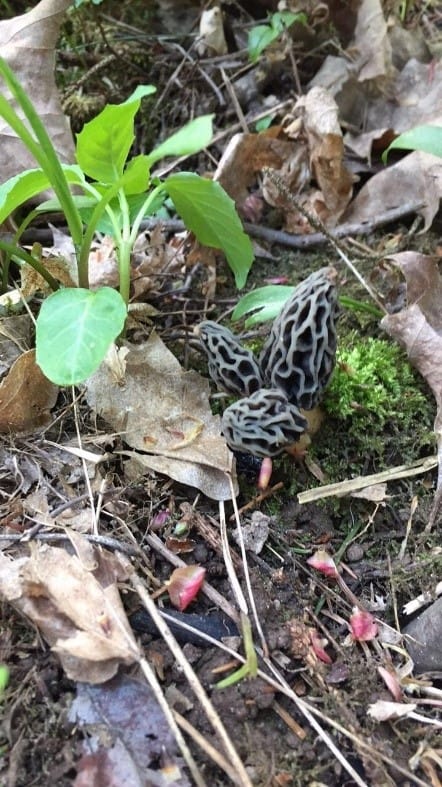
Half-Free: This type is a little different than the previous two and is the least favorite for most. Its name says it all because unlike the others the caps do not attach directly to the stem (they tend to hang over, kind of like an umbrella). Some may even think these are “false” morels due to the difference. You can find these in the same areas and habits as the others.
FACT VS. FICTION
What is a fun myth you have from your childhood of morel hunting? I always remember my father kneeling beneath May apples (umbrellas) and pretending the mushrooms would pop up after tapping on the tops. There is no evidence to prove this family theory, but to this day I still find myself searching underneath the umbrellas and even finding a treasure occasionally!
Commonly Asked Questions About Morel Mushrooms:
Can you find morels in 50-degree weather?
Yes, it's possible to find morels in 50-degree weather, especially if the ground has warmed up from previous warmer days. While they prefer slightly warmer temperatures, they can still emerge in cooler conditions.
What are the signs to look for when hunting morels?
Look for signs such as recent burns, dying elm, ash, or apple trees, and areas with well-drained soil. Morels often grow near decaying organic matter and in places where there has been disturbance or fire.
Do morels pop up overnight?
No, morels typically don't pop up overnight. It usually takes several days of suitable conditions, including adequate moisture and temperature, for morels to emerge. They grow gradually over a period of time.
Why are morels so hard to find?
Morels can be challenging to find due to their camouflage-like appearance, blending in with their surroundings. Additionally, they often grow in remote or difficult-to-access areas, requiring patience and a keen eye to locate them.
This website is for information purposes only. The information contained in this post is not meant to diagnose, treat, cure, mitigate, prevent, or provide medical advice. Consult with a healthcare provider if you are experiencing any symptoms. When foraging for plants, do so ethically and be accompanied by an expert. Always confirm plant identification before using or consuming any herbs.
